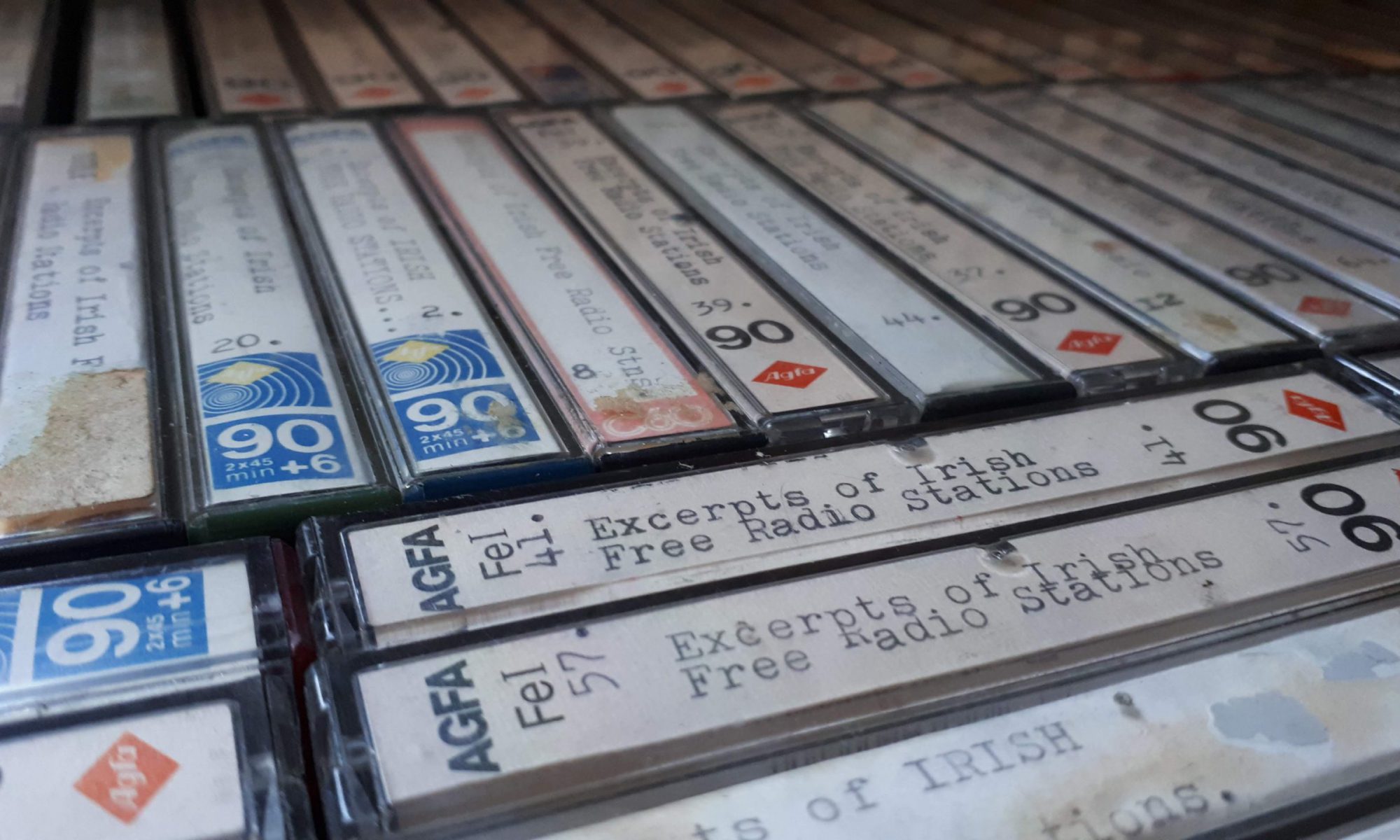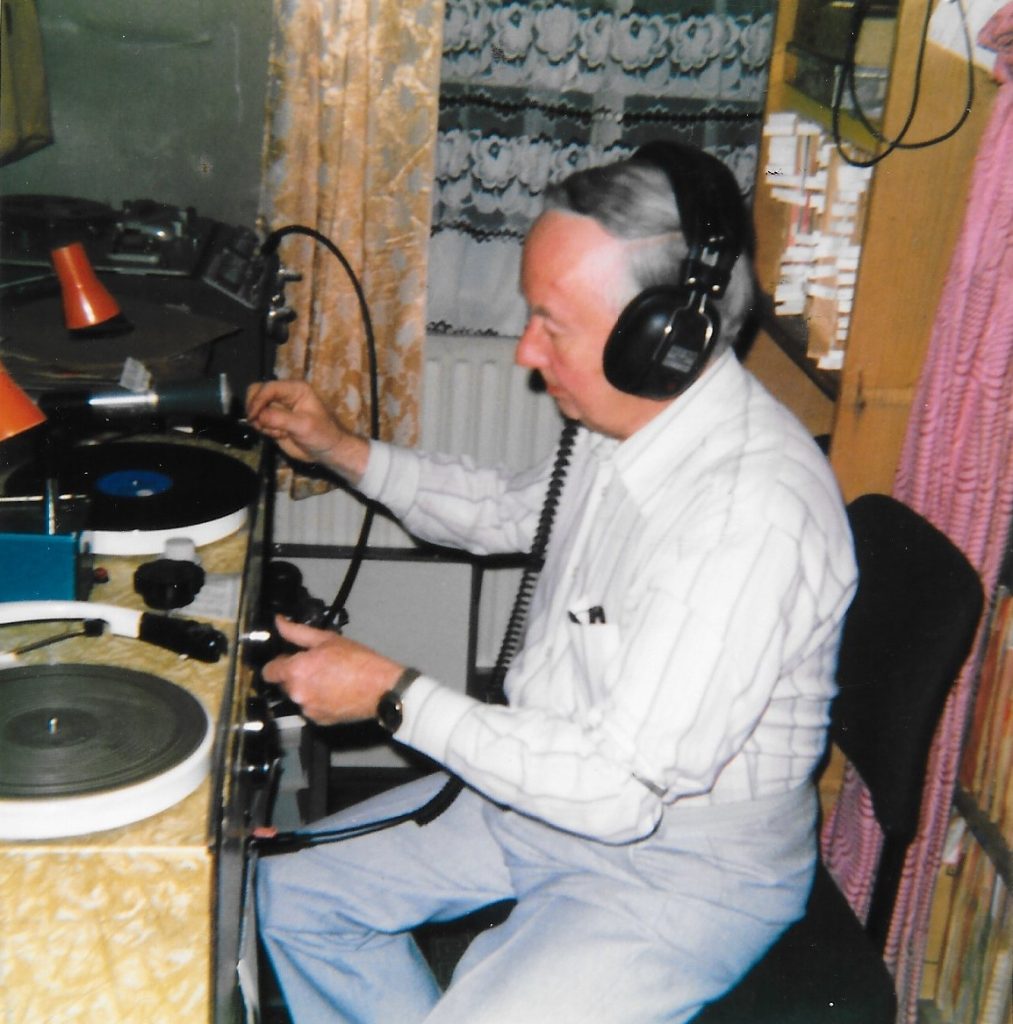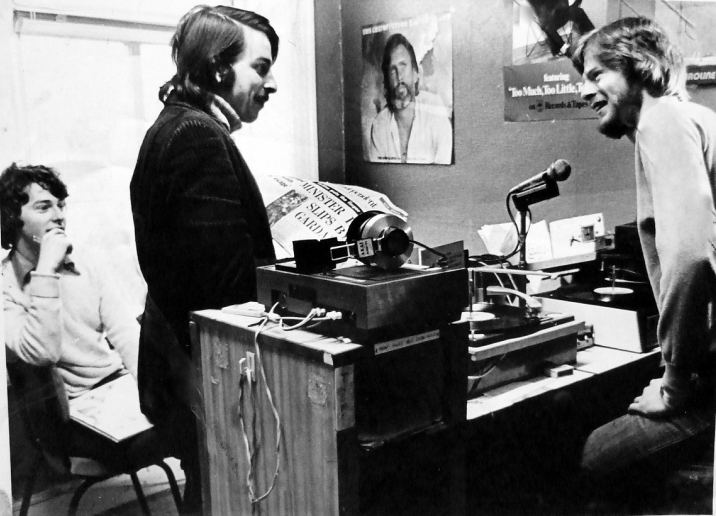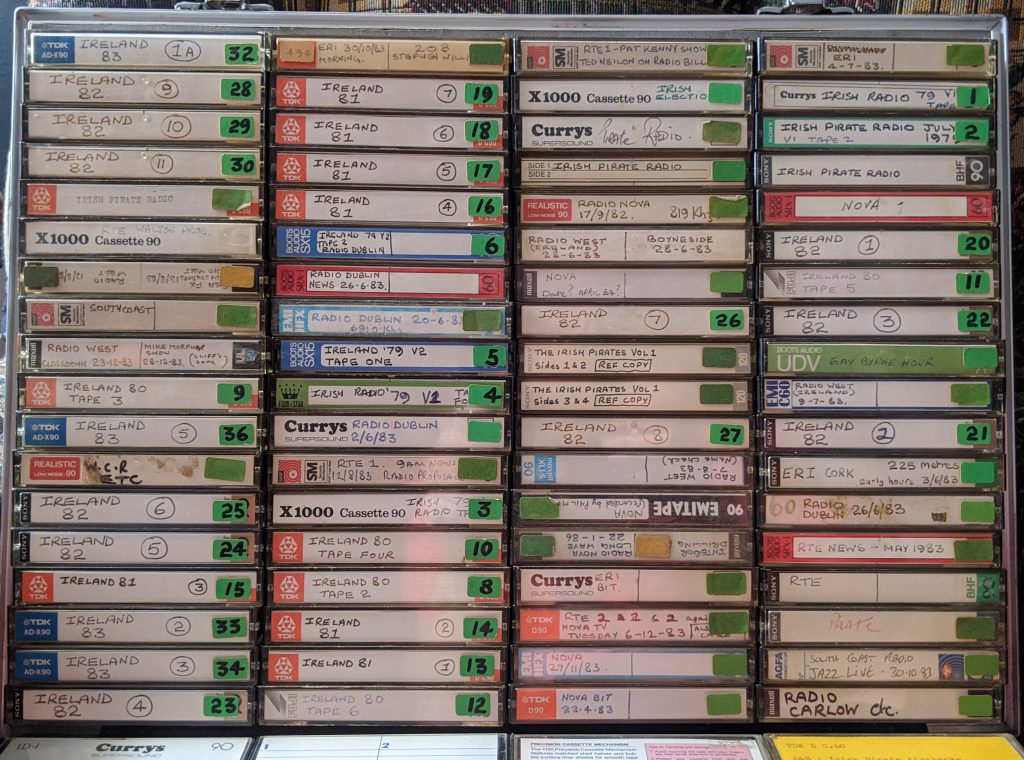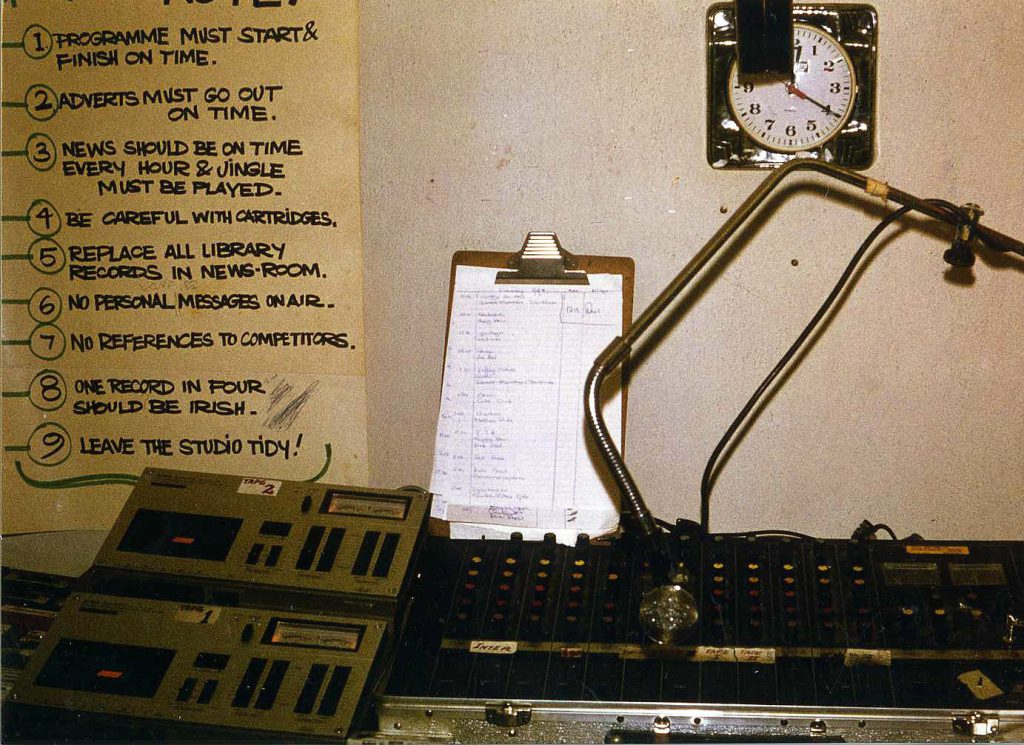Podcast: Play in new window | Download
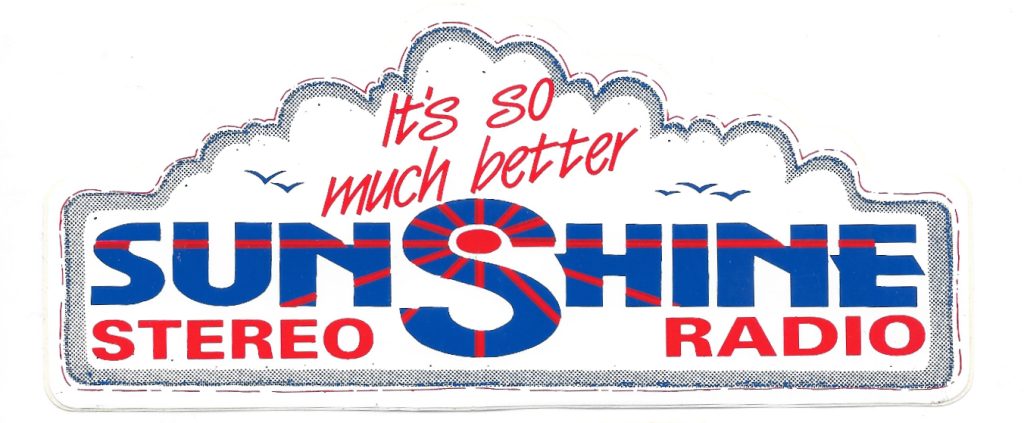
Following the raids on the big Dublin pirates Sunshine Radio and Radio Nova in May 1983, the radio scene settled down again temporarily in the summer of that year. Having returned to the airwaves in June, Sunshine re-established itself as one of the city’s most popular stations particularly among listeners on the northside, reflecting its base in Portmarnock. A jamming campaign by RTÉ against Radio Nova and later Sunshine would soon be cranked up a gear but for the moment the Portmarnock station was able to broadcast unimpeded.
This recording of Sunshine is from autumn 1983 and features part of the breakfast show presented by Deirdre Mulins, who as well as the usual mix of music has horoscopes, a review of the papers and a weather update. News is read by Paula Daly. The tape was made from 101 FM between 0643-0733 on Friday 21st October 1983 and is from the Anoraks Ireland Collection.
